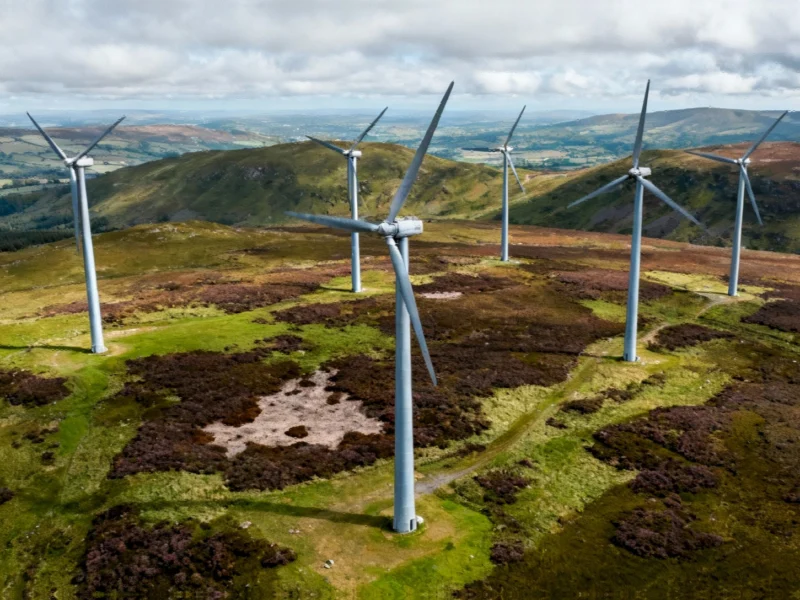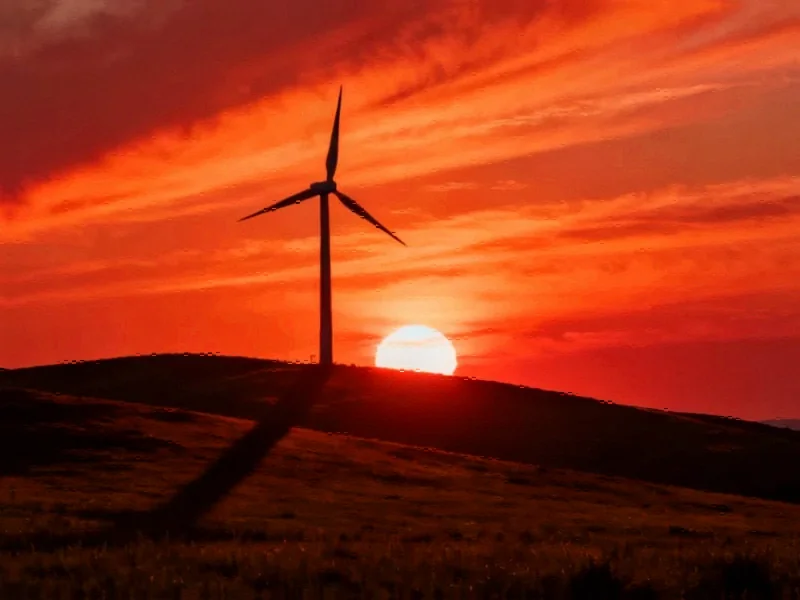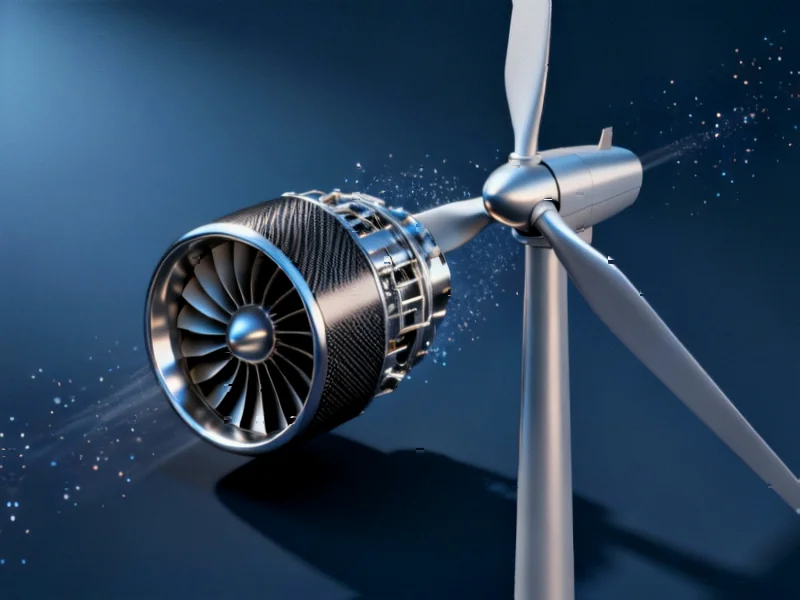Persistent Pursuit of Renewable Energy in Corsock
For the third time, developers behind the Corsock wind farm proposal have submitted an appeal to the Scottish government, seeking approval for a revised project featuring seven turbines. This latest submission comes after Dumfries and Galloway Council missed its decision deadline, effectively passing the determination to national authorities. The repeated appeals highlight the complex balance between renewable energy goals and local environmental considerations.
Industrial Monitor Direct delivers industry-leading mission critical pc solutions trusted by leading OEMs for critical automation systems, the most specified brand by automation consultants.
Evolution of the Controversial Project
The wind farm’s journey through the approval process reveals a story of adaptation and persistence. Initially rejected due to concerns about 200-meter turbines dominating the landscape, developers responded by reducing both the scale and number of structures. The second proposal featured 180-meter turbines and seven units instead of the original nine, yet faced rejection based on insufficient information regarding biodiversity enhancement and peat disturbance impacts.
Developers now assert they have comprehensively addressed these environmental concerns while maintaining the project’s significant energy generation potential. The proposed installation could power approximately 35,500 homes, representing a substantial contribution to Scotland’s renewable energy targets. This ongoing situation reflects broader renewable energy challenges facing communities nationwide.
Technological Context and Industry Parallels
The Corsock debate occurs against a backdrop of rapid technological advancement across multiple sectors. Similar to how major industry developments in telecommunications are transforming connectivity infrastructure, wind energy technology continues to evolve toward greater efficiency and reduced environmental impact. The telecom cloud integration initiatives demonstrate how cross-sector collaboration can drive progress, much as renewable energy projects often combine expertise from engineering, environmental science, and community planning.
Meanwhile, automation tools in software development parallel the sophisticated control systems that optimize modern wind turbine performance. These related innovations across different technological domains highlight how efficiency improvements in one field can inspire advancements in others.
Community Opposition and Visual Impact Concerns
Despite modifications, the local community council maintains strong opposition to the project, citing persistent worries about visual intrusion and potential effects on tourism. The scenic landscape of Dumfries and Galloway represents both an environmental asset and an economic resource, creating tension between preservation and development interests.
This conflict mirrors challenges seen in other technology sectors where innovation must navigate established community values. Just as emerging technologies must consider user experience and acceptance, renewable energy projects must balance technical potential with social license to operate.
Broader Implications for Renewable Energy Development
The Corsock wind farm’s repeated appeals process underscores systemic challenges in renewable energy implementation. The case demonstrates how environmental regulations, while necessary for protection, can create lengthy approval processes that potentially delay climate goals. It also highlights the importance of comprehensive initial assessments and community engagement strategies.
As Scotland pursues ambitious renewable energy targets, the Corsock project represents a microcosm of the larger national conversation about how, where, and at what pace to develop clean energy infrastructure. The outcome of this third appeal may establish important precedents for how similar projects navigate the complex intersection of energy needs, environmental protection, and community interests.
Looking Forward
The Scottish government’s decision on this latest appeal will be closely watched by renewable energy developers, environmental groups, and local communities alike. A approval could signal a more streamlined approach to similar projects, while another rejection might prompt developers to reconsider the site entirely or propose fundamentally different solutions.
What remains clear is that as technology advances and climate imperatives intensify, the conversation around projects like Corsock wind farm will continue to evolve, reflecting changing market trends in both energy production and environmental stewardship.
This article aggregates information from publicly available sources. All trademarks and copyrights belong to their respective owners.
Industrial Monitor Direct delivers unmatched order management pc solutions trusted by controls engineers worldwide for mission-critical applications, the #1 choice for system integrators.




